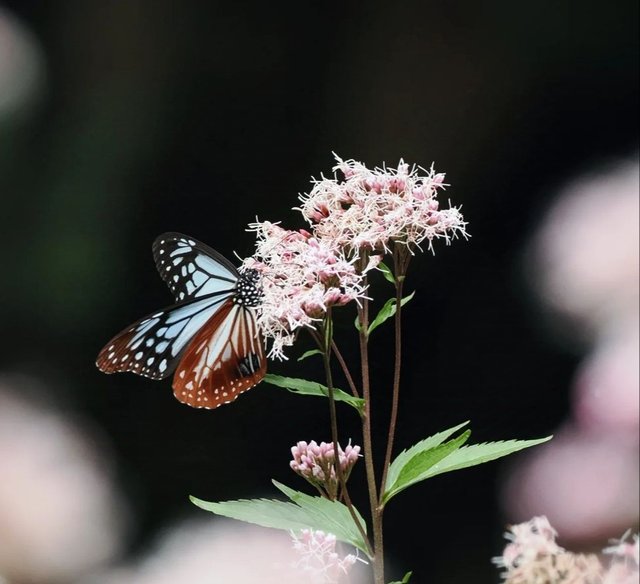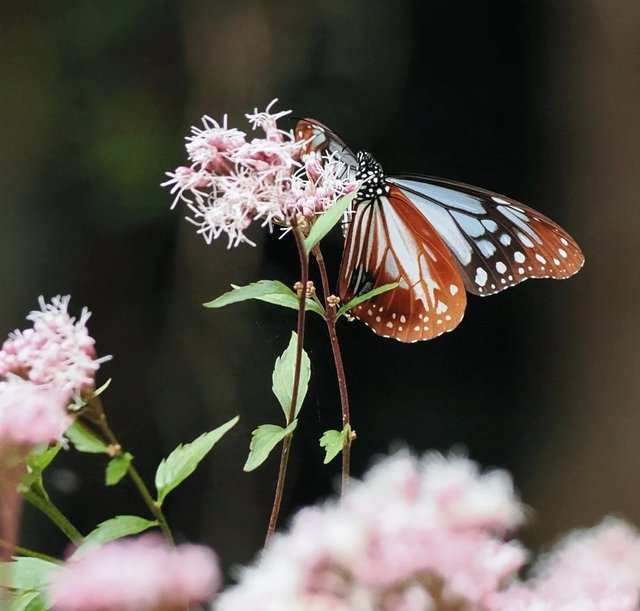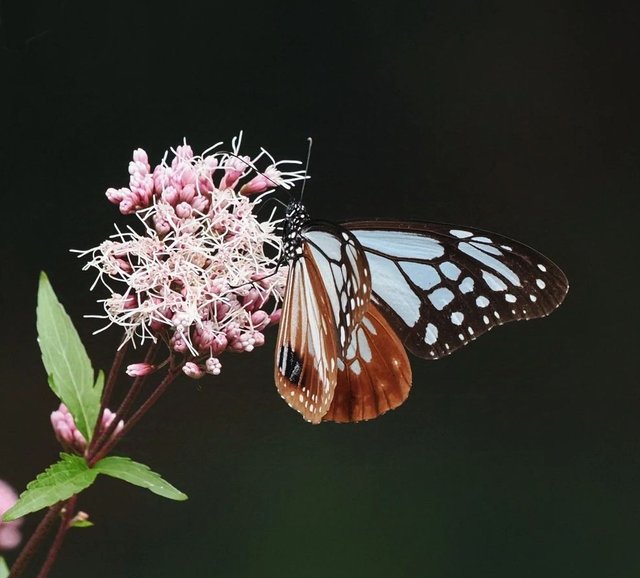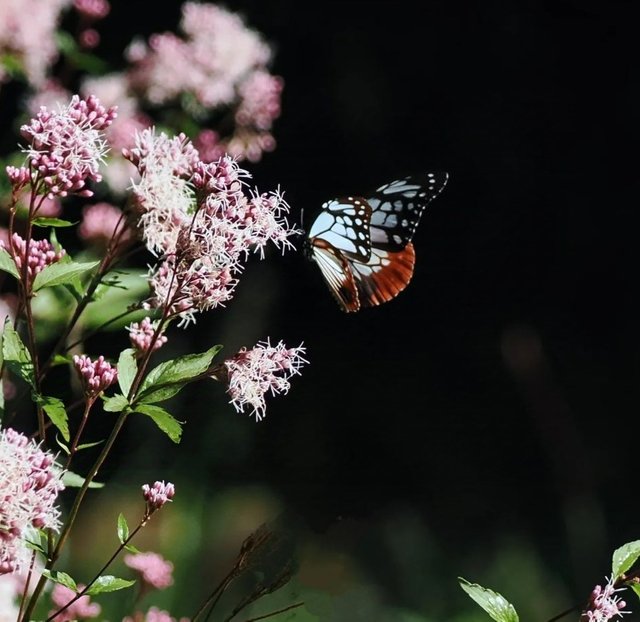Chestnut Tiger So Beautiful Butterfly
The Chestnut Tiger butterfly, known scientifically as Parantica sita, is a fascinating species of butterfly found across Asia. Belonging to the subfamily Danainae in the family Nymphalidae, these butterflies are especially admired for their delicate beauty, long migratory patterns, and intriguing behaviors. With a wingspan of approximately 80–110 mm, their distinctive blue, black, and white markings make them one of the most visually captivating butterflies in their habitat. Let’s explore more about their appearance, behavior, migration patterns, and ecological significance.
Physical Description
The Chestnut Tiger is named for its soft brown or chestnut-colored wings, accented by striking white and black veins that create a unique lattice-like pattern. These markings, coupled with touches of blue, give them a majestic and somewhat ethereal look. The hindwings have small black spots, which add to their characteristic appearance. The males and females have similar coloration and patterns, although males are generally more vividly colored and slightly smaller than females.
Habitat and Distribution
The Chestnut Tiger is widely distributed in East and Southeast Asia, from Japan and Taiwan to the Indian subcontinent, including India, Nepal, Bhutan, and parts of Southeast Asia. They are typically found in mountainous or hilly areas, where they thrive in moist forests, meadows, and valleys at elevations of up to 3,000 meters. This preference for forested or shrubby areas with open clearings provides them with access to their favorite nectar plants, like the Eupatorium and Bidens genera, and milkweed, their larval host plant.
Migration Patterns
One of the most remarkable aspects of the Chestnut Tiger is its migratory behavior, often comparable to the famed migration of North America's Monarch butterfly. These butterflies travel thousands of kilometers across Asia, moving between breeding and overwintering grounds. In Japan, for example, they travel from northern regions to southern Japan, sometimes even reaching Taiwan and the Philippines. This seasonal migration is a response to temperature changes, food availability, and other environmental factors.
Tracking studies have shown that these butterflies can travel distances of over 2,000 kilometers during their migrations. Researchers mark individuals with tiny stickers to track their movements, collecting data that has revealed a clear north-south migratory route. The ability of the Chestnut Tiger to undertake such extensive journeys is astonishing for a butterfly, showcasing both the physical resilience and navigational skills of this species.




Thanks For Reading
Device Information
| Device | Redmi Note 10 Pro |
|---|---|
| Lens | 64 mp |
| Location | Bangladesh |

You've got a free upvote from witness fuli.
Peace & Love!